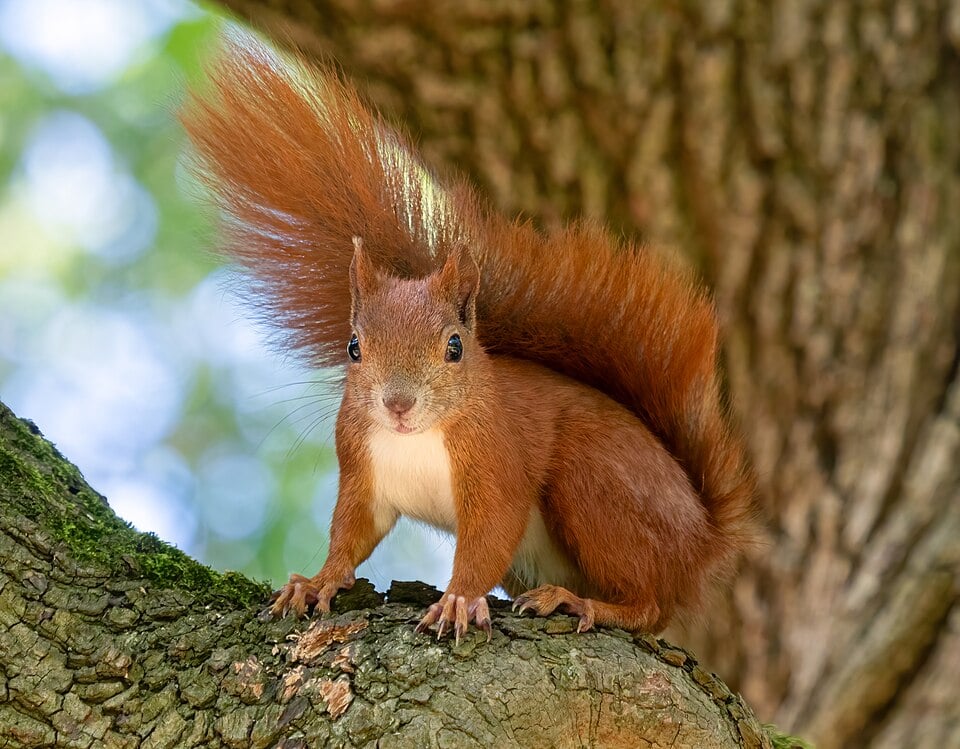Ecosystems & Niches (SQA National 5 Biology): Revision Note
Exam code: X807 75
Ecosystems
An ecosystem consists of:
the community of organisms living in a habitat and the non-living components with which they interact
Ecosystems can be very large or very small, e.g.:
Caledonian forest is a remnant native woodland ecosystem in the Scottish Highlands, dominated by Scots pine and home to species such as red squirrel, capercaillie and pine marten
a garden pond is a small, freshwater ecosystem with aquatic plants, invertebrates, amphibians and visiting birds
Communities
In ecology, a community is:
all of the populations of different species living in an area
The organisms within a community are interdependent, meaning that a change in one population will affect other populations
The interactions between populations in an ecosystem can be seen clearly in food webs, e.g. for the food web below, a decrease in the rabbit population might lead to:
an increase in grass growth, due to decreased feeding
a decrease in the fox population, due to reduced food availability
an increase in caterpillars and earthworms, due to increased growth of grass
a decrease in the frog and mouse populations, as foxes would need to compensate for the reduction in rabbit prey

Examiner Tips and Tricks
Make sure that you can identify the effects of population changes in an unfamiliar food web.
Non-living components of an ecosystem
In an ecosystem, communities also interact with non-living, or abiotic, components in the environment; examples of these factors are:
temperature
water availability
light intensity
soil pH and mineral content
oxygen / carbon dioxide concentration
Niche
A niche can be defined as:
the role that an organism plays within a community
The role of a species includes considerations such as:
the resources it requires, e.g. light, nutrients and oxygen
its interactions with other organisms, e.g. what it eats, which predators depend on it for food and which species it competes with
the conditions it can tolerate, e.g. environmental temperatures and soil moisture
An example of a niche description could be as follows:
Species: red squirrel (Sciurus vulgaris)
Resources:
seeds from conifers, as well as fungi, buds, berries and nuts
mature conifers with suitable branches for next building
twigs, moss and bark for nest construction
Interactions:
disperses seeds for several tree species
competes with invasive grey squirrels
prey for pine martens, raptors and foxes
Conditions required:
cool, temperate conditions with sufficient rainfall to support conifer woods
enough light for conifer growth

Rhododendrites, via Wikimedia Commons (opens in a new tab)

Unlock more, it's free!
Did this page help you?